Suburban Offices Embrace Amenities and Change
Traditional campuses with extensive parking are falling out of favor, opening doors for conversion to mixed-use hubs, the latest CommercialEdge report shows.
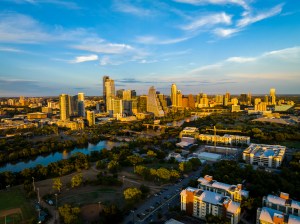
The pandemic led to an exodus from city centers to suburban regions, with some businesses considering similar shifts. Image by RoschetzkyIstockPhoto
Hybrid and remote work have reshaped not only how people work but also where they choose to live, according to the latest CommercialEdge office report. The pandemic prompted many to leave city centers for suburban areas, and some companies are considering similar shifts. For employees and employers alike, amenities are crucial factors when deciding on a return to the office, both within and around the workplace. Firms relocating to the suburbs seek mixed-use office locations that replicate city center environments with walkability and nearby amenities, especially appealing to younger workers.
Traditional suburban office campuses with vast parking lots are losing favor, creating opportunities for repurposing into mixed-use clusters. Challenges include commute times and public transit access. Some firms adopt hub-and-spoke models with central downsized offices and smaller suburban satellites. Developing large mixed-use projects requires cooperation between private developers and public entities. Suburban offices not suited for mixed-use destinations may be converted into infill industrial facilities for last-mile delivery or data centers, depending on zoning and amenity suitability.
LISTEN TO: FTI Experts’ Hub: Brace Yourselves for a Full Return to the Office by 2028
The office-using sector added 19,000 jobs in September, marking the first month since May when all three office-using sectors collectively experienced job growth. Between June and August, office-using employment lost 50,000 jobs. Looking at year-to-date data, office-using sectors added 177,000 positions to the national workforce. This represents a significant decrease compared to the 959,000 jobs added during the same period last year and the 1.2 million jobs added through September in 2021.
The national office vacancy rate continued to climb, clocking in at 17.8 percent at the end of September, a 120-basis-point increase from the same period last year. Vacancy recorded the highest increases in markets with a large share of remote workers such as Seattle (500 basis points year-over-year), San Francisco (450 basis points), the Bay Area (370 basis points), Austin and Twin Cities (360 basis points each).
National full-service equivalent listing rates averaged $37.78 per square foot in September, up 30 basis points year-over-year and 5 cents less than in the previous month. Despite struggling, gateway markets continue to post the highest average in-place rents, with Manhattan leading the way ($70.05 per square foot), followed by San Francisco ($65.18 per square foot) and the Bay Area ($53.80 per square foot).
Active pipeline shrinks amid diverging demand trend
The under-construction pipeline continued to dwarf, featuring 106.5 million square feet of new office space underway at the end of September, or 1.6 percent of total stock, CommercialEdge shows. Office development has decelerated owing to diminished demand, while lab space remains attractive due to recent scientific breakthroughs and an aging demographic. Notably, 22 percent of upcoming office projects are primarily oriented toward life sciences.
At the end of September, Boston had 14.5 million square feet of office space underway, accounting for 5.8 percent of total stock. More than three quarters of the metro’s under-construction pipeline consists of lab space. Seattle had 6.9 million square feet of office space underway, or 5.0 percent of stock. San Francisco had 6.5 million square feet of office space under construction (4.1 percent), while Manhattan’s pipeline also featured 6.5 million square feet, or 1.4 percent of total stock.
Office investment year-to-date in September totaled $25.0 billion. At the same time, the average sale price for a property stood at $198 per square foot, accounting for a 21 percent decrease from 2022.
Read the full CommercialEdge office report.

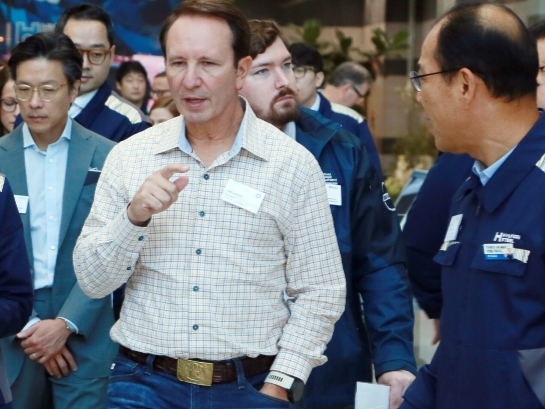
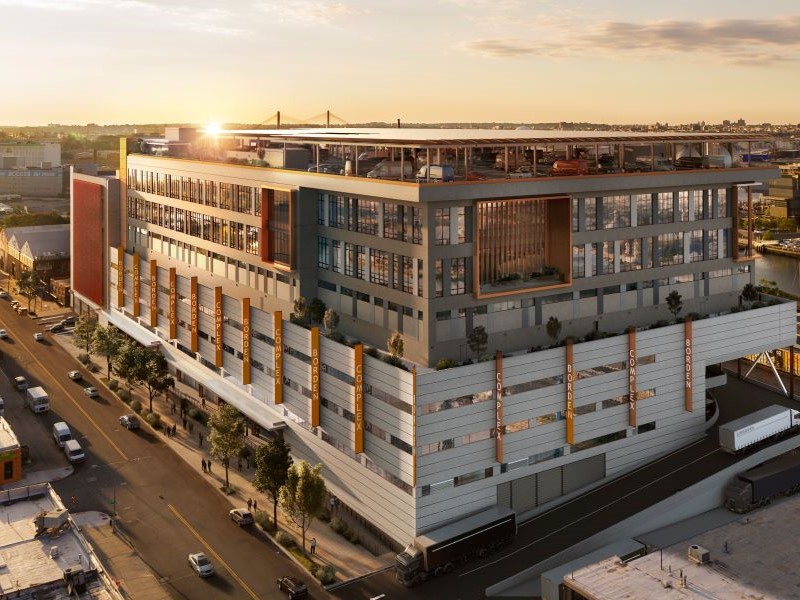
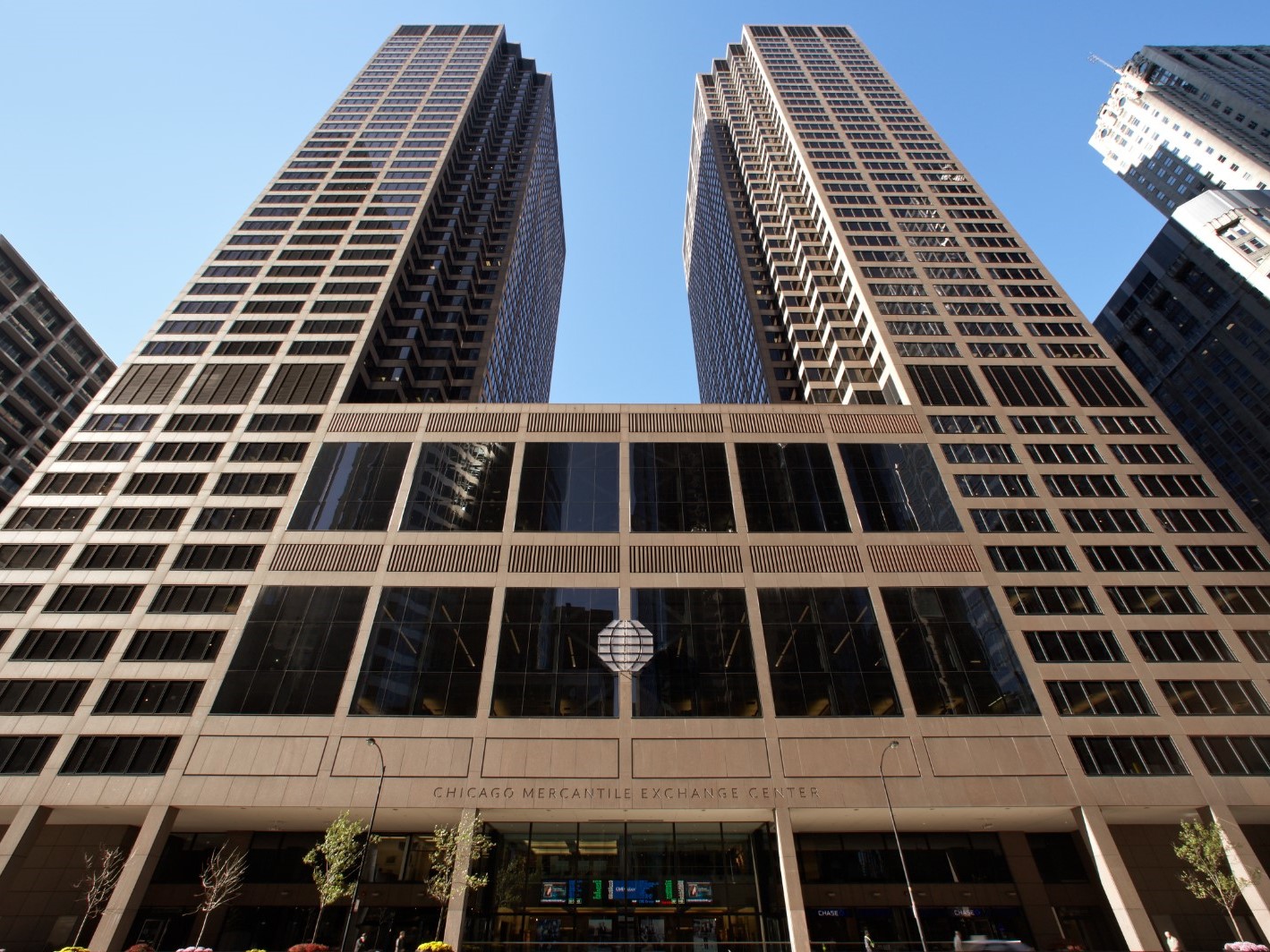
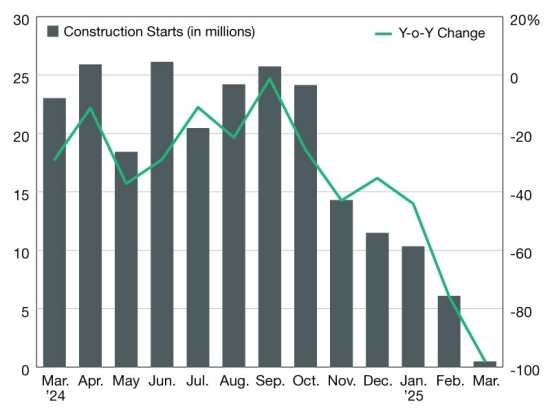
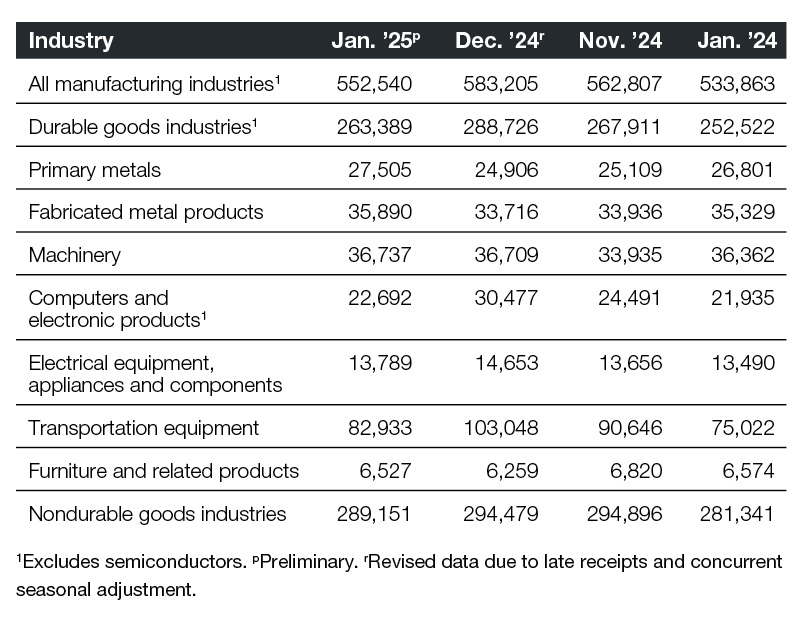
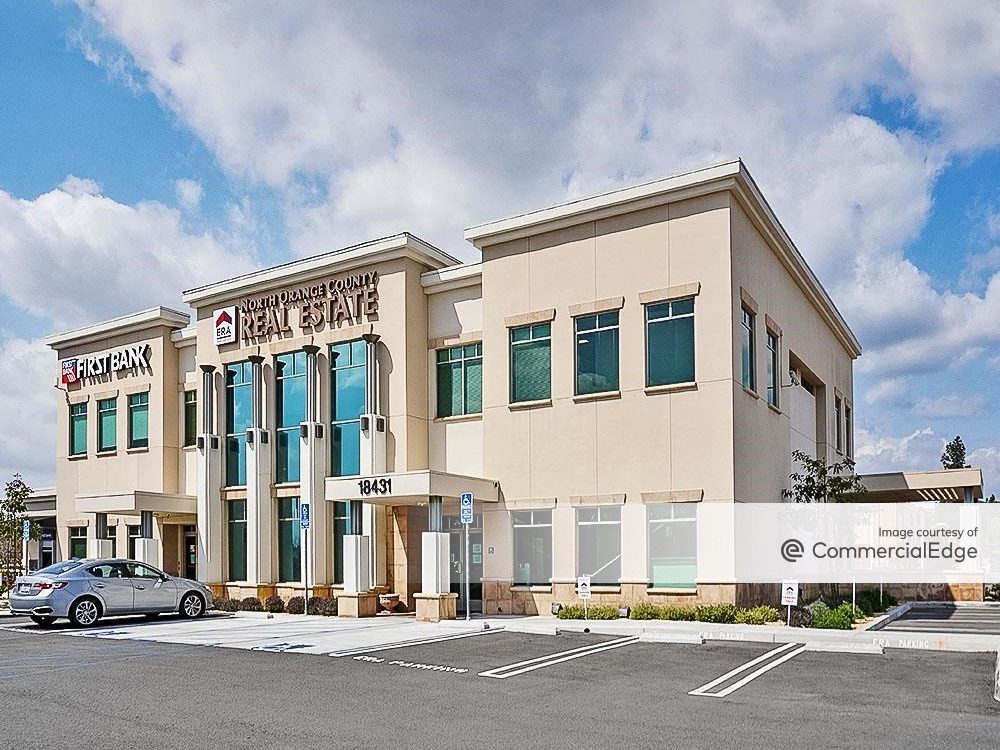
You must be logged in to post a comment.